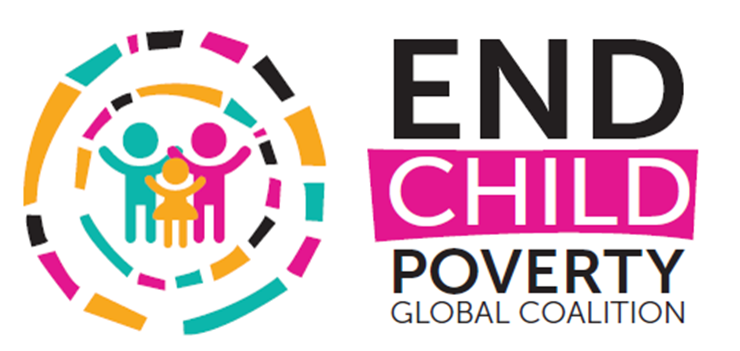WASHINGTON, 10 October 2013 – The number of people living in extreme poverty around the world has sharply declined over the past three decades, but in 2010 it still included roughly 400 million children, or one -third of those living in such abysmal conditions, according to a new World Bank analysis released today that for the first time gives an in-depth profile of the poorest people in the world.
The World Bank Group analysis investigates some of the diverse characteristics of the 1.2 billion poor people, by providing an in-depth analysis of The State of the Poor: Where Are The Poor, Where Is Extreme Poverty Harder to End, and What Is the Current Profile of the World’s Poor?
The report, developed by the Poverty Reduction and Economic Management Network of the World Bank, finds that 721 million fewer people lived in extreme poverty in 2010 – defined as under $1.25 a day – compared to 1981.
But it also concluded that a disproportionate number of children were among them: Children accounted for one in three of those living in extreme poverty around the world in 2010, compared with only one in five of those living above the poverty line.
World Bank Group analysis shows low-income countries lagging behind in lifting people out of poverty. In low-income countries, the percentages were even worse, with half of all children living in extreme poverty.
In order to leverage developing country efforts and galvanize the international development community to exert concerted effort to end extreme poverty, the World Bank has established its twin goals of ending extreme poverty by 2030 and promoting shared prosperity.

